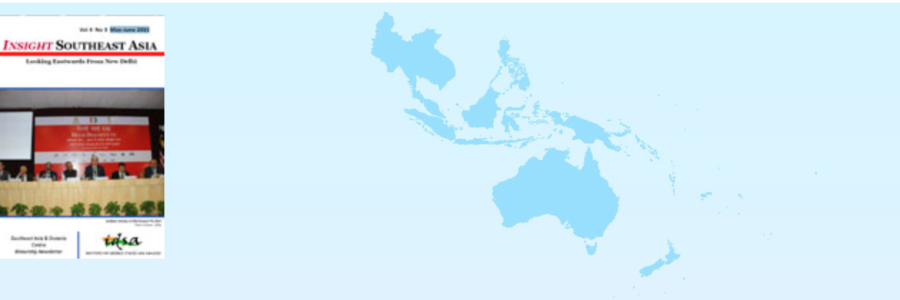India’s Approach to Asia: Strategy, Geopolitics and Responsibility
- Publisher: Pentagon Press
2016
This book offers wide ranging divergent perspectives on India's role in managing and shaping Asian Security. The book offers important ideas on how Asian security will shape up in the future by utilizing the method of scenarios. It is an important contribution to the field of Asian and regional security and India's role in it.
- ISBN 978-81-8274-870-5
- E-copy available
- Namrata Goswami
- 2016













